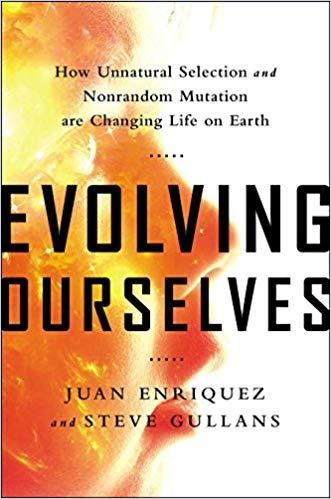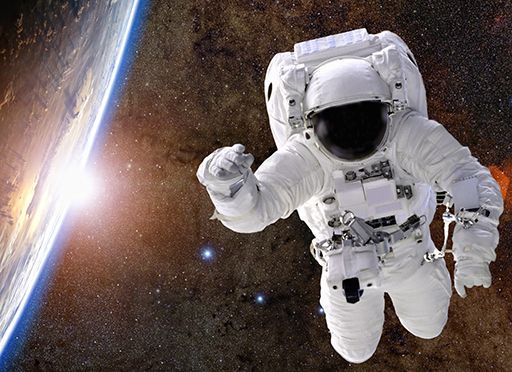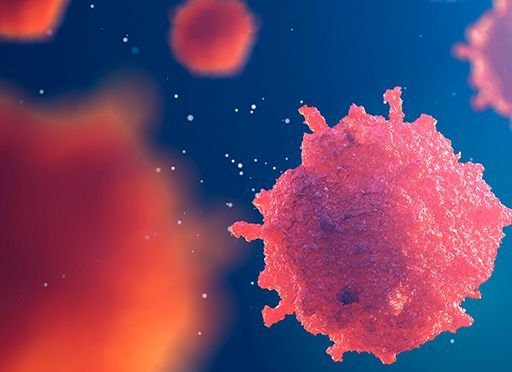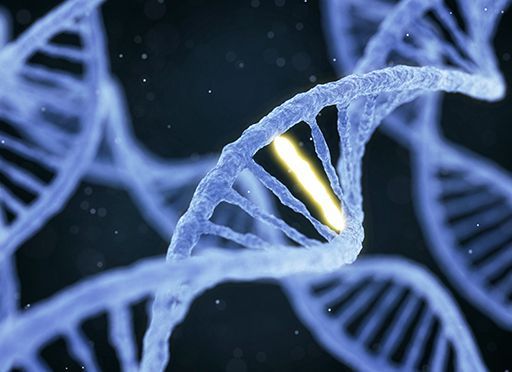Excel Venture Management co-founders Juan Enriquez and Steve Gullans describe several possible futures that might emerge from gene editing and engineering.

Commanding Genes
Excel Venture Management co-founders Juan Enriquez and Steve Gullans detail, how, for millennia, people reshaped the natural environment and forced animals, plants, microbes – and humanity itself – to adapt. Enriquez and Gullans explain how scientists might apply emerging techniques to cure genetic diseases, breed designer pets, reverse the ravages of aging, and perhaps give birth to new species of humans.
Darwinian Evolution
For billions of years, life on Earth evolved in accord with the principles Charles Darwin uncovered in the 19th century. According to Darwin, two forces determined which organisms would survive and what traits they would have. The first is “natural selection”: the species that survive adapted best to their environment. The second is “random mutation,” which guides how organisms change over time. New traits appear spontaneously in individuals over generations. If a new trait confers a survival advantage, the individual with that trait will likely live long enough to reproduce and pass that trait on to its descendants.
The real history and fossil record of evolution, of natural selection, looks like a complex, overlapping, messy bush – an astonishingly promiscuous, interesting, tangled, semi-chaotic web of life.Steve Gullans and Juan Enriquez
A second, parallel form of evolution now exists. Human beings, not nature, guide it. Humanity learned to nudge the machinery of evolution with unnatural selection and nonrandom mutation. Humanity shapes the environment that organisms must adapt to, determines which species survive or die out, and chooses their traits.
Scientists can read, copy and alter the genetic code in an organism’s DNA. Genetic modification holds the potential to repair genetic mutations underlying devastating diseases while presenting ethical conundrums.
Beneficial and Harmful Adaptations
Genes carry the basic instructions for traits of a species, but in individuals, the environment can alter how those instructions are “expressed,” or carried out. Human traits result from complex interactions between an individual’s genes and his or her life experiences, including time in the womb. Life experiences can sometimes alter the genetic code, so environmentally induced adaptations become heritable.
As we encounter thousands of unnatural toxins, typically in varying combinations, every person becomes a relatively unique specimen unto him- or herself, one that cannot be replicated in a laboratory setting.Steve Gullans and Juan Enriquez
Human modification of the environment produces genetic changes in people, plants, animals and microbes. Human-directed evolution led to increases in human longevity, intelligence and height. But human-directed evolution can lead to harmful adaptations, as shown by surges in the rates of autism, food allergies and obesity.
Genetic Engineering
Scientists can insert new instructions directly into an organism’s DNA. The technology CRISPR grants scientists access to increasingly rapid and inexpensive gene-editing techniques that could affect treatments or prevention of cancer, Alzheimer’s disease and heart disease.
Evolution no longer just ‘happens to you’.Steve Gullans and Juan Enriquez
When scientists make edits in the genes of sperm and eggs, these changes become heritable. Most developed countries have prohibitions against performing these procedures on human beings.
Genetic engineering may not pose ethical dilemmas when it saves future generations from debilitating diseases. But the next steps would: engineering “superhuman” eyesight or promoting longevity, beauty or athletic prowess.
Gene Editing
Genetic engineering techniques could alter hormones and genes to “cure” old age. It may modify brain chemistry to tame fears and phobias. Researchers studying Alzheimer’s disease found they can improve mouse cognition by implanting human stem cells. Human-robot hybrids might include everything from replacing failing organs with robotic substitutes to uploading a person’s consciousness into a robot body.
Scientists could copy or clone ancient DNA, such as that of extinct woolly mammoths preserved in the permafrost of Siberia.
To colonize planets beyond Mars, science must redesign the human body to survive travel time and contend with a colony planet’s different gravity, atmosphere and temperatures. Scientists could divide the human genome into sections they implant into bacteria. After arrival upon another planet, the microbes could reassemble the genome.
Multiple Human Species
It is extraordinarily uncommon for only one human species to exist, as with today’s Homo sapiens. When Homo sapiens emerged as a species, it coexisted with at least three others: the Denisovans, the Neanderthals and the so-called Hobbits. Having only one species of human is analogous to having only one species of bird. A diverse collection of related species makes the species less vulnerable to extinction.
As human beings alter their environment and modify their genetic code, these enhancements will generate new human species.
Ethics and Evolution
Eugenics, so-called “breeding science,” strove to cultivate “desirable human traits,” in part by sterilizing people whom scientific and political authorities deemed unfit. The Nazis and a majority of the United States adopted programs to prevent reproduction by the undesirable.
We have changed the nature of our world to such an extent, and developed such profound capabilities for recrafting our bodies and environment, that we are birthing our successor species.Steve Gullans and Juan Enriquez
Gene drive technology can make a selected new trait spread quickly and irreversibly through the population of a species. This technique could edit the genome of disease-spreading mosquitoes, for example, to eradicate an entire species. This could be a boon in the short term, but produce unpredictable and disastrous ecological consequences in the long term.
The global community should reserve one-fourth of the Earth’s land and oceans for natural selection and random mutation. These areas would serve as emergency backups when humans make catastrophic choices.
Speculative Nonfiction
The authors present sufficient science to certify their credibility but not so much as to confuse or put off a less informed reader. Enriquez and Gullans indulge in notions certain to intrigue devout science fiction readers, especially newly coexisting human species and Jurassic Park-like preserves where old-school genetics hold sway. When not positing more or less credible near futures, the authors provide a standard, readable – but hardly groundbreaking – overview of gene-adjacent technologies and their applications.
Juan Enriquez also wrote Right/Wrong; The United States of America; and As the Future Catches You.







